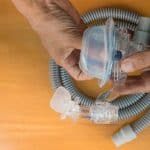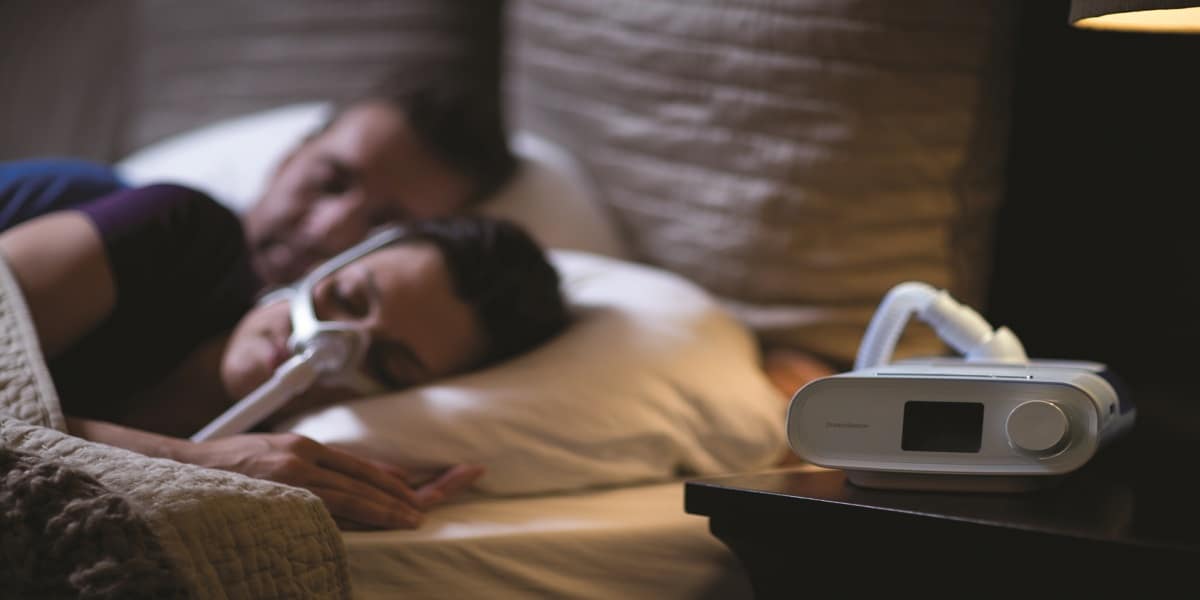
Have trouble using CPAP machines? Don’t fret – you can fix it! Get to know how to fix the most frequent CPAP side effects in this article.
What Are CPAP Machines?
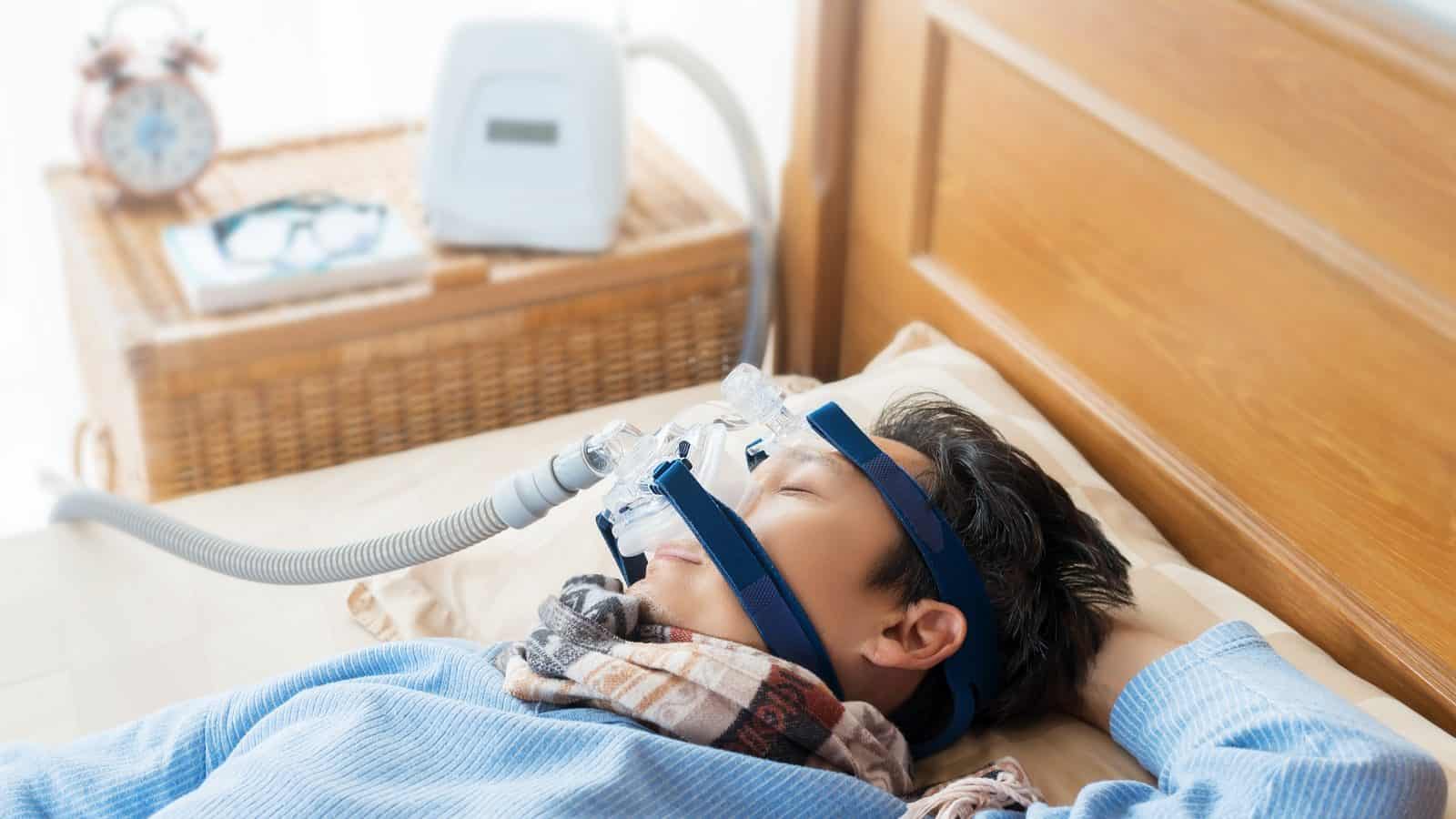
CPAP, or Continuous Positive Airway Pressure, is a therapy that is common for obstructive sleep apnea. The CPAP machine helps people to breathe freely at night. It prevents apnea episodes and reduces the number of pauses when you breathe. It also ensures that the body gets enough oxygen throughout the night. CPAP is a small bedside machine that pumps air through the hose and into a mask when you sleep.
CPAP Machine Side Effects and How to Avoid Them
Usually, this machine is prescribed by a doctor according to your sleep studies. You may need time to adjust to your equipment. Plus, the airflow and other parameters of the machine also need adjustment. You can get CPAP in multiple ways. Insurance is one of the popular ways to obtain a CPAP machine. Still, many people find that these CPAP can be less convenient. Both cheaper and more expensive machines might have side effects. Let’s look at these effects and see how to avoid them.
CPAP Mask is Inconvenient
Your doctor and CPAP supplier may work hard to ensure that you have the mask that fits well. Still, no one can give a 100% guarantee. People have different face types, so standard options may not suit all. In this case, change the mask according to your parameters.
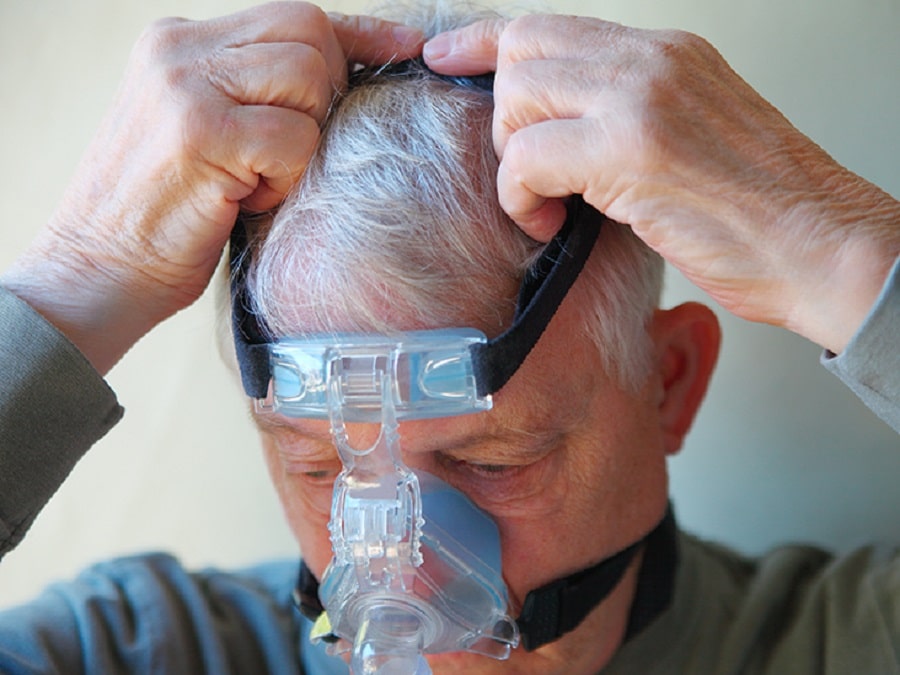
Try a Different Mask
Today, there are plenty of CPAP masks that have different shapes and sizes. Some of them fully cover your mouth and nose. They are great for those who breathe both with nose and mouth while asleep. They have straps across the forehead and cheeks, so they ensure a stable fit. If you move a lot when you sleep, choose this one.
Some masks feature only nasal pillows. They fit under your nose and do not take so much space as full nose and mouth masks. Choose them if you find large ones uncomfortable. Also, these masks have fewer straps, so many people find them more convenient. If you read or wear glasses with the mask on, choose nasal pillows, because they don’t block your eyes. If you sleep on your side, avoid nasal pillows, as they may fall off while you sleep.
Choose the Right Size
Just like clothes, two masks of the same size may fit differently. The sizes may differ from brand to brand and from model to model. Try different masks before you find the right one and pay attention to exact measurements when you buy. Remember that you can always adjust them, so ask your CPAP supplier or doctor to show you how to do it. Also, you may read product instructions from the manufacturer. A mask is good if it causes no pain and is comfortable to wear.
It’s Hard to Get Used to CPAP
Many people complain that wearing a CPAP is uncomfortable when you sleep. In most cases, people can’t get used to them the first time.
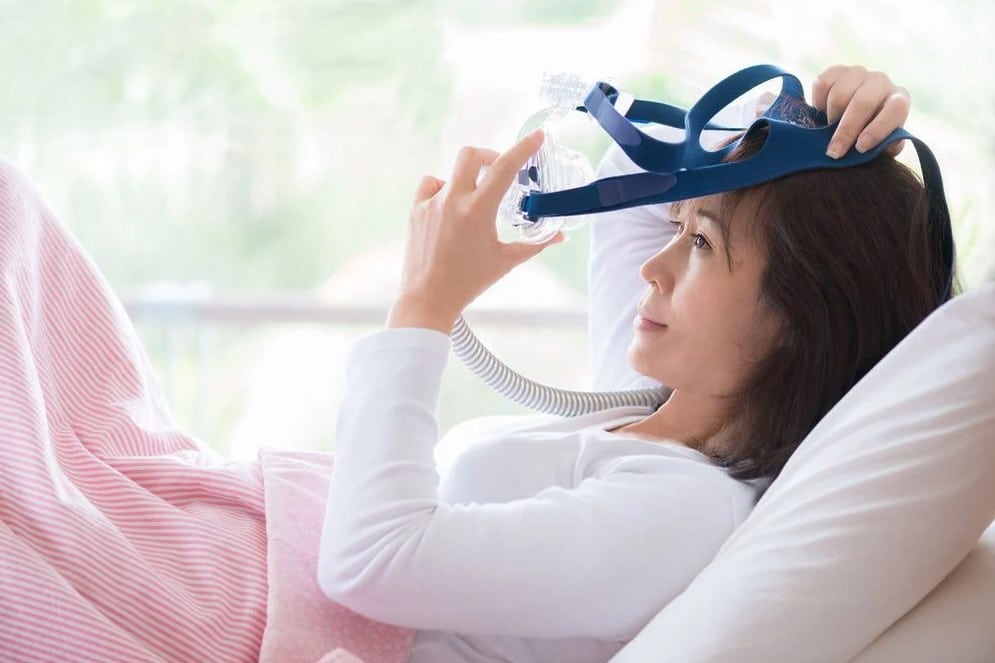
Wear your mask for shorter periods
It’s better to start when you’re awake. Put a mask on and watch TV or scroll your phone. When you are used to this, connect the mask to the hose and the motor. This way, you will get used to a CPAP, and it will feel more comfortable at night.
Put the Mask On When You Nap
After you are used to wearing the device in the daytime, start using it whenever you fall asleep. Even when you nap, put on the mask to get used to it. But remember that you should do all of the above dailies. After several weeks, you will be more comfortable with your mask and will sleep with it without problems.
Forced Air Feels Bad
Often, people find it hard to fall asleep with CPAP because forced air makes them uncomfortable. The prescribed air pressure might be unusual for you and prevent you from sleeping.
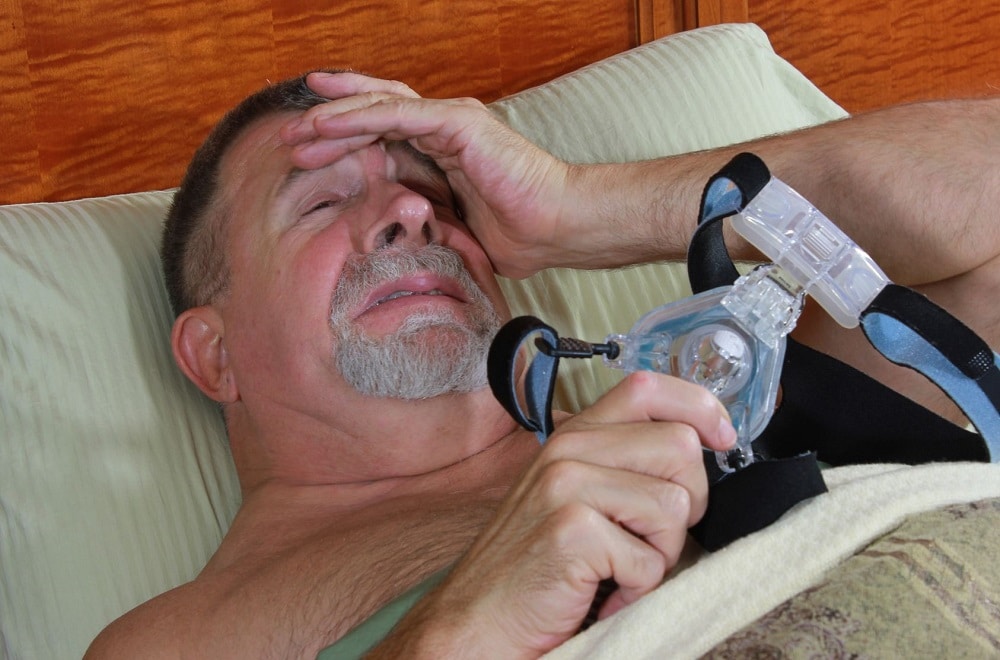
Use Ramp Feature
Choose a machine with a “ramp” feature. With this feature on, the CPAP starts from low air pressure and gradually raises it. Usually, this process lasts up to 40 minutes, which is enough to fall asleep. Still, if it doesn’t help, consider changing your machine. Talk to your doctor. They may prescribe you a mask that automatically adjusts the pressure of airflow when you sleep. For example, BIPAP machines deliver less pressure when you breathe out and more pressure when you breathe in.
Dry Nose after Using the Machine
The use of a CPAP machine can cause a dry, stuffy nose after use. It is a common problem, but it is easy to solve.
Eliminate Leaks
First of all, check if your mask fits well. If it is leaky, it can dry out your nose. If you often adjust straps, that may be a sign that you need another mask type or size because of your current one leaks.
Use Humidifier
Another popular way to avoid dry nose is a humidifier. Some machines have a built-in one, while others do not. You may attach a humidifier to your CPAP to avoid dryness. There are plenty of humidifiers which may be heated or cold. As an alternative, you can use a nasal saline spray before bedtime.
Claustrophobic Feeling
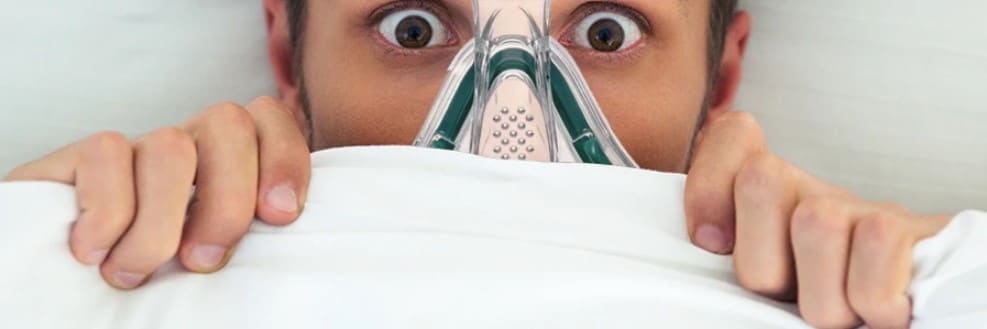
Some people might feel uncomfortable psychologically when they are wearing a mask at night time. If you feel claustrophobic, try wearing a mask when you’re awake.
Wear a Mask at Daytime
It will bring back the feeling of safety. First, try holding the mask up to your face for a while. After you get used, attach straps to the mask and try wearing it.
Once you’re okay with that, attach the hose and CPAP motor. Turn it on and use it, but don’t use straps. Give yourself time. After this, try attaching the full mask with the straps. Turning on a ramp feature might also help you.
Do Relaxation Exercises
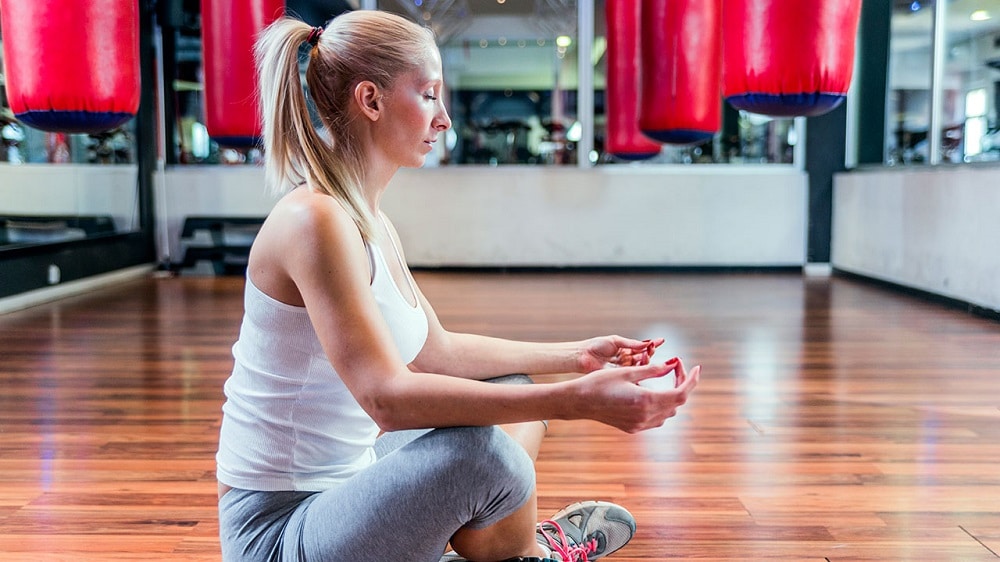
When you feel comfortable in your mask in the daytime, try sleeping with a machine and mask on. Before bedtime, do relaxation exercises for better results. For example, progressive muscle relaxation exercises will reduce anxiety before mask use. If the measure above didn’t help, talk to your CPAP supplier or your doctor. Most probably, you need to get a different mask model, size, or style. Using nasal pillows might also be a good idea.
Dry Mouth
If you breathe through your mouth when you sleep, CPAP may make your mouth dry. If you are using nasal straps, try switching to a full nose and mouth mask. A built-in humidifier will help you keep the necessary amount of moisture to prevent dry mouth. If this option is not for you, try using a chin strap. This way, the air will enter your nose.
Noisy Machine
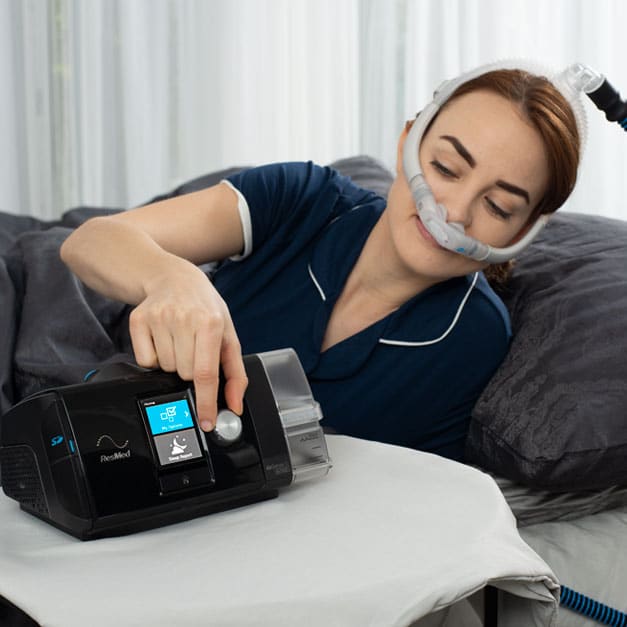
Use Earplugs and White Noise
Today, manufacturers make almost silent devices that operate at whisper sound levels. If you have an older machine, consider using earplugs or a noise machine. It will mask the noise and give you a good night’s sleep. Also, try putting a machine as far from the bed as possible. To do this, you might need extra tubing for the CPAP.
Check the Filter
If you have a modern machine that still sounds pretty loud, check if the air filter is okay. Blocked, dirty filters may cause extra noise. To avoid this, always clean your mask and hose according to the instructions.
I Remove CPAP at Night
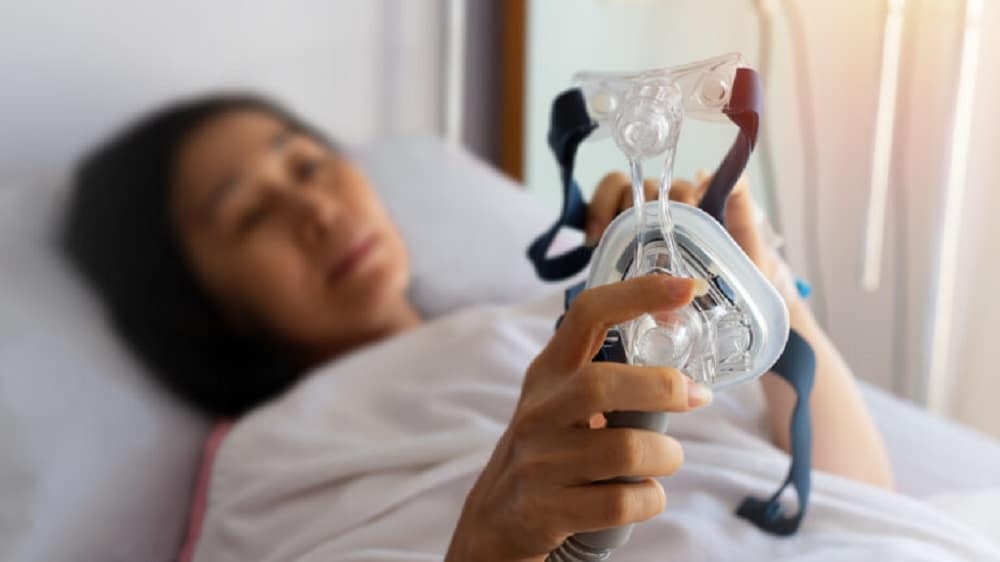
Use Full Mask
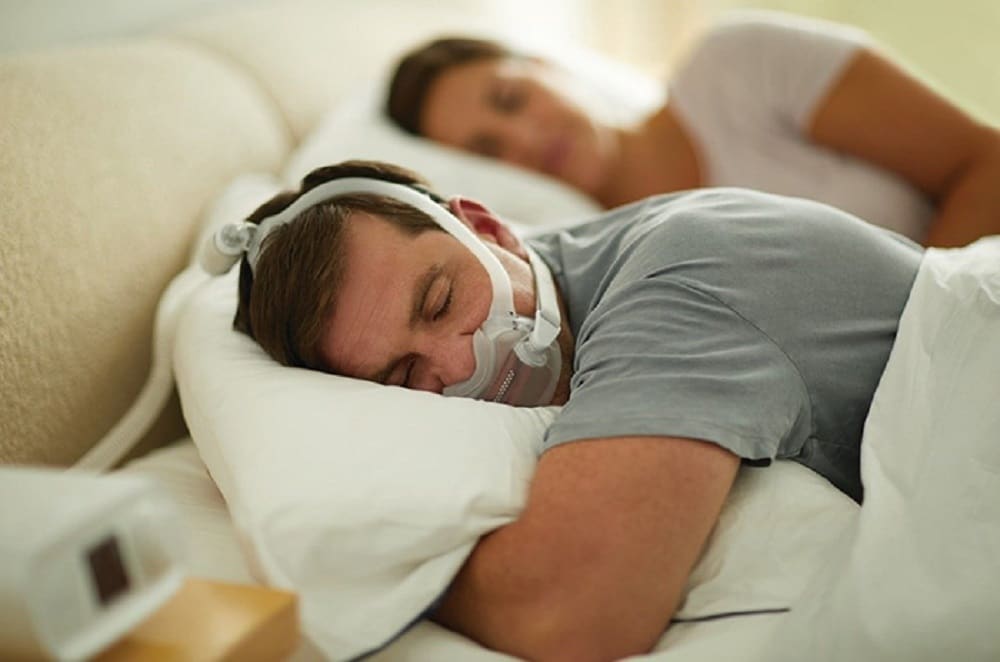
Generally, this situation is normal. It’s okay to wake up sometimes and see that you removed the mask in your sleep. Still, when it happens a lot, think about a full mask that fits well. If you move a lot in your sleep, it will stay on your face better.
Use Humidifier
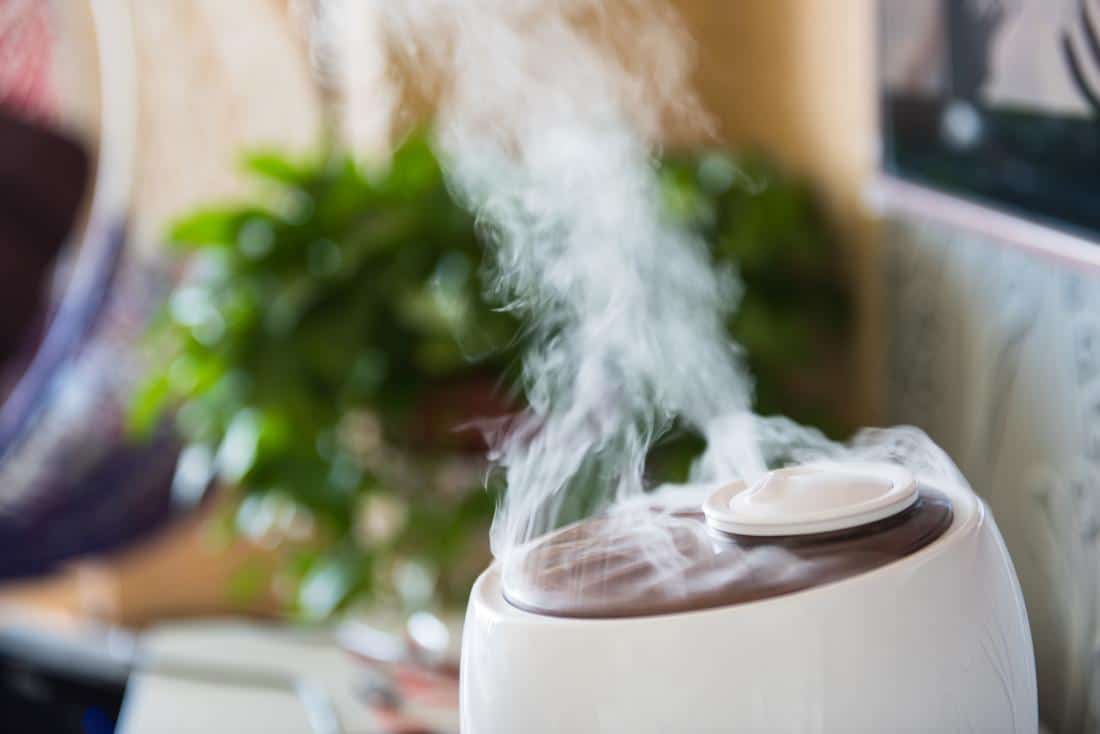
Sometimes, people pull off the mask because their nose is congested. In this case, use a humidifier and ensure that the CPAP fits well. Use a chin strap to keep the mask on your face.
Set an Alarm
If this advice didn’t help, set alarms at night time. When you wake up, check if you’re using the device. Perhaps you remove the mask with a certain frequency, so having several alarms will help.
Conclusions
CPAP machine therapy is a great way to cure sleep apnea. Doctors prescribe them to people who have difficulties breathing at night. This machine makes your life better, but it may have some side effects. Often, a mask doesn’t fit well, so many people have to buy another one until they find the right model. Pay attention to mask size and doctor’s prescriptions to choose the right ones.
If you feel claustrophobic in a mask or find it difficult to adjust, wear the mask during the day time. Gradually, switch on to night use. If you have a dry mouth or nose, use a full-face mask and a humidifier to have a more comfortable experience. Also, use machines with a ramp function to get adjusted to the forced air.
Read more,



